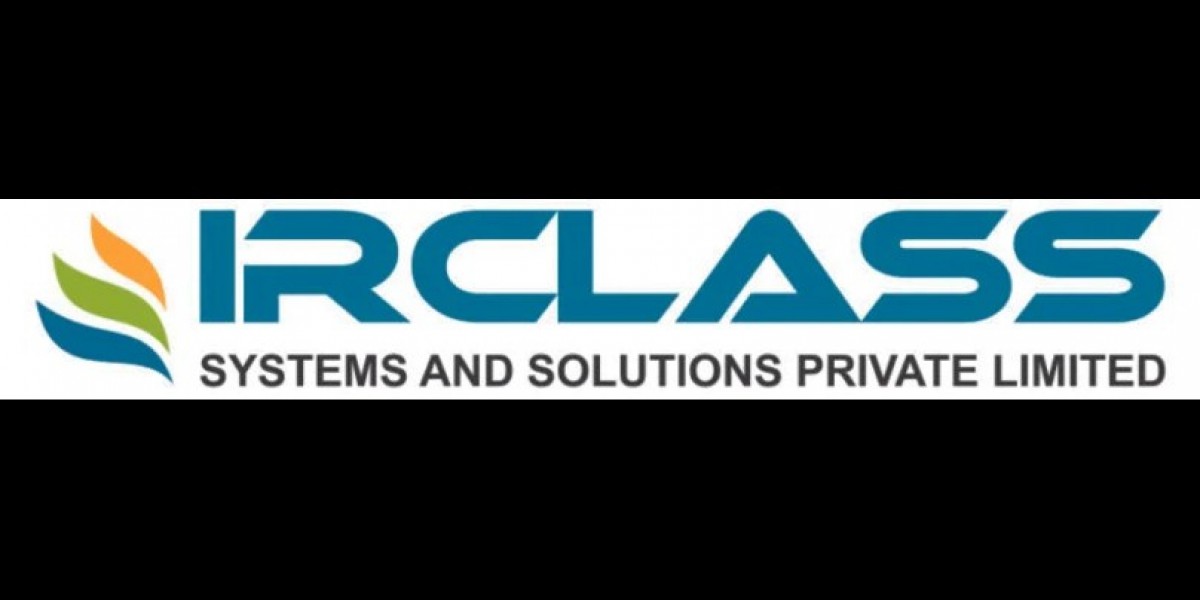The electric vehicle battery is the most dynamic and rapidly evolving component in the automotive world. As of late 2025, the Electric Vehicle Battery Market Trends are pushing beyond the established lithium-ion chemistries and towards a future defined by greater energy density, faster charging, enhanced safety, lower costs, and increased sustainability. These trends are not just incremental improvements; they represent fundamental shifts in the science and engineering that will unlock the next generation of electric vehicles.
1. The Rise of LFP (Lithium Iron Phosphate)
While high-nickel chemistries (NMC/NCA) dominated the early EV market for their energy density, the trend towards LFP is now undeniable.
Why the Shift: LFP offers compelling advantages:
Lower Cost: It avoids expensive cobalt and nickel.
Enhanced Safety: LFP is inherently more thermally stable, reducing the risk of fire.
Longer Cycle Life: It can withstand significantly more charge-discharge cycles before degrading.
The Impact: LFP has become the dominant chemistry for standard-range EVs, commercial vehicles, and in cost-sensitive markets like India. Even premium automakers are now adopting LFP for their entry-level models.
2. The Race for Higher Energy Density
The quest for longer range continues. A major trend is the ongoing effort to pack more energy into the same space or weight.
Advanced Li-Ion: This involves improvements within lithium-ion, such as using silicon anodes (instead of graphite) or optimizing cell structures.
Solid-State Batteries: This remains the "holy grail." Replacing the liquid electrolyte with a solid material promises a leap in energy density and safety. While numerous companies are developing prototypes and pilot lines in 2025, widespread commercialization is still projected for the late 2020s or early 2030s.
3. Ultra-Fast Charging (UFC)
Reducing charging time is critical for consumer acceptance. The trend is towards batteries and systems capable of Ultra-Fast Charging (adding 200-300 km of range in 10-15 minutes). This requires advancements in:
Cell Chemistry: Designing cells that can handle high currents without degrading rapidly.
Thermal Management: Sophisticated liquid cooling systems to dissipate the immense heat generated during UFC.
800V Architectures: Higher system voltages allow for faster charging with lower current.
4. Cell-to-Pack (CTP) and Cell-to-Chassis (CTC)
Battery pack design is becoming more integrated. The trend is moving away from traditional modules.
Cell-to-Pack (CTP): This eliminates the intermediate module structure, packing the cells directly into the battery pack housing. This saves weight, space, and cost, allowing for higher energy density at the pack level. BYD's Blade Battery is a prime example.
Cell-to-Chassis (CTC): Taking it a step further, CTC integrates the battery cells directly into the vehicle's structural frame. This maximizes space utilization and can improve chassis rigidity but makes battery repair much more difficult.
5. Sodium-Ion: The Low-Cost Contender With concerns about lithium supply and cost, Sodium-ion (Na-ion) batteries are a major emerging trend, especially for affordable EVs and stationary storage. Sodium is abundant and cheap. While current Na-ion batteries have lower energy density than Li-ion, they offer excellent safety and cold-weather performance. CATL and other major players have already started mass production in 2025, positioning Sodium-ion as a key technology for entry-level vehicles.
Frequently Asked Questions (FAQ)
Q1: What is the biggest trend in EV battery chemistry right now? A1: The massive shift towards using Lithium Iron Phosphate (LFP) chemistry, especially for standard-range and lower-cost vehicles, is arguably the most impactful trend due to its cost, safety, and longevity benefits.
Q2: What is Cell-to-Pack (CTP) technology? A2: CTP is a battery pack design approach that eliminates the intermediate step of grouping cells into modules. The individual cells are packed directly into the main battery housing, which saves space, weight, and cost, leading to a higher overall energy density for the pack.
Q3: Are solid-state batteries available in EVs yet? A3: As of late 2025, solid-state batteries are still primarily in the advanced development and pilot production stages. They are not yet widely available in mass-market electric vehicles, with commercialization expected closer to 2030.
More Related Report
warehousing and distribution logistics Market Trends








